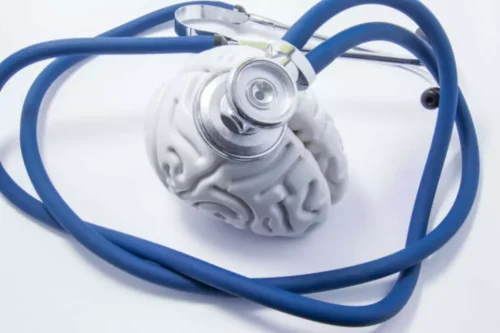WebMD Substance Use Disorders & Addiction Guide: Overview

Drug addiction isn’t about just heroin, cocaine, or other illegal drugs. You can get addicted to alcohol, nicotine, sleep and anti-anxiety medications, and other legal substances. Different substances and behaviors have different effects on a person’s health. Serious complications can cause health concerns or social situations to result in the end of a life. Behavioral addictions can occur with any activity that’s capable of stimulating your brain’s reward system.

Coping and support
Is having a couple of drinks every day after work to unwind use or misuse? Is drinking two pots of coffee in the morning to get your day started use or misuse? It also is not uncommon for people to not recognize the impact that their substance use has on their life. Drinking five or more drinks for men (four for women) in any one sitting is considered binge drinking, which can be harmful to your physical and mental health in many different ways.
Faith-based rehab provider accused of harming patients’ chances of recovery
Studies show that having multiple ACEs puts children at risk of poor school performance, unemployment, and high-risk health behaviors including smoking and drug use. Addressing the nation’s mental health crisis and drug overdose epidemic is a top priority of the Biden-Harris Administration and are core pillars of the Administration’s Unity Agenda. The President’s Unity Agenda https://ecosoberhouse.com/ is operationalized through the HHS Overdose Prevention Strategy, the HHS Roadmap for Behavioral Health Integration, and the National Strategy for Suicide Prevention. At every step of the way, support from friends, peers, and family is useful, but there are also many services and organizations that provide guidance., and many can be accessed through Recovery Community centers.

References and abstracts from MEDLINE/PubMed (National Library of Medicine)

Too, there may be long gaps in a resume that are hard to explain away. Insufficient experience or skill deficits are other common hurdles. what is drug addiction Experts believe that tackling the emotional residue of addiction—the guilt and shame—is fundamental to building a healthy life.
- Drugs are chemical substances that can change how your body and mind work.
- But instead of motivating you to do the things you need to do to survive (eat, work and spend time with loved ones), such massive dopamine levels can have damaging effects on your thoughts, feelings and behavior.
- In life-threatening circumstances, an ambulance should usually be summoned by calling 911.
- Their genetic makeup inclines them to develop such personality traits as thrill-seeking.
- The ASI is typically used in gauging the type and intensity of treatment a person might need and as a measure of the success of treatment.
Video: Why are Drugs So Hard to Quit?
- If your health care provider prescribes a drug with the potential for addiction, use care when taking the drug and follow instructions.
- A history of trauma in your life also makes you more likely to have addiction.
- You can find these lines listed on the internet or in the phone book.
- The most vocal of the proponents of recreational drug use are those who smoke marijuana.
- Dr. Dave decided somebody needed to step up to take care of their urgent health care needs, and since nobody else was offering, that person would be him.





